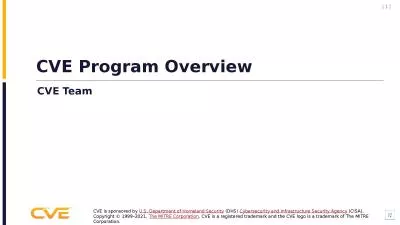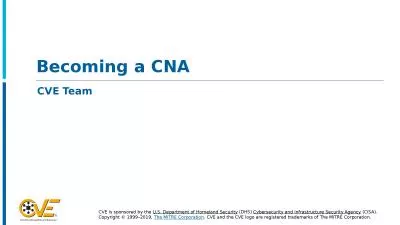PPT-Comprehensive Needs Assessment (CNA)
Author : tatyana-admore | Published Date : 2015-11-11
Schoolwide Programs Comprehensive Needs Assessment Comprehensive Needs Assessment Federal Requirements for Comprehensive Needs Assessment Elementary and Secondary
Presentation Embed Code
Download Presentation
Download Presentation The PPT/PDF document "Comprehensive Needs Assessment (CNA)" is the property of its rightful owner. Permission is granted to download and print the materials on this website for personal, non-commercial use only, and to display it on your personal computer provided you do not modify the materials and that you retain all copyright notices contained in the materials. By downloading content from our website, you accept the terms of this agreement.
Comprehensive Needs Assessment (CNA): Transcript
Download Rules Of Document
"Comprehensive Needs Assessment (CNA)"The content belongs to its owner. You may download and print it for personal use, without modification, and keep all copyright notices. By downloading, you agree to these terms.
Related Documents

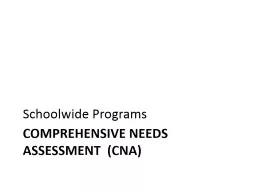
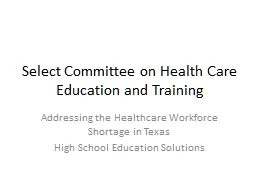
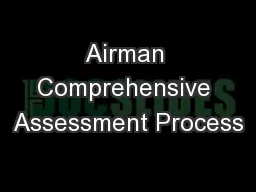
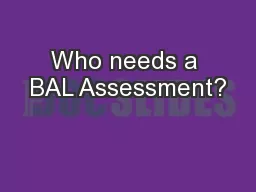
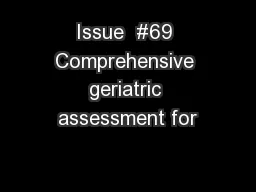
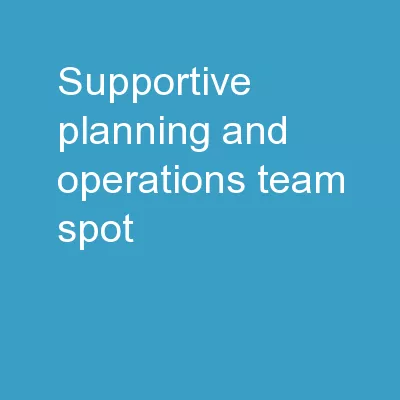
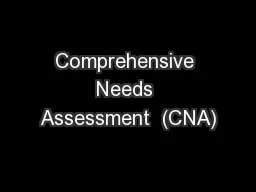
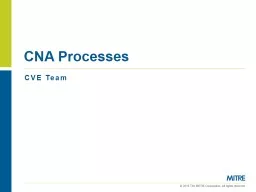
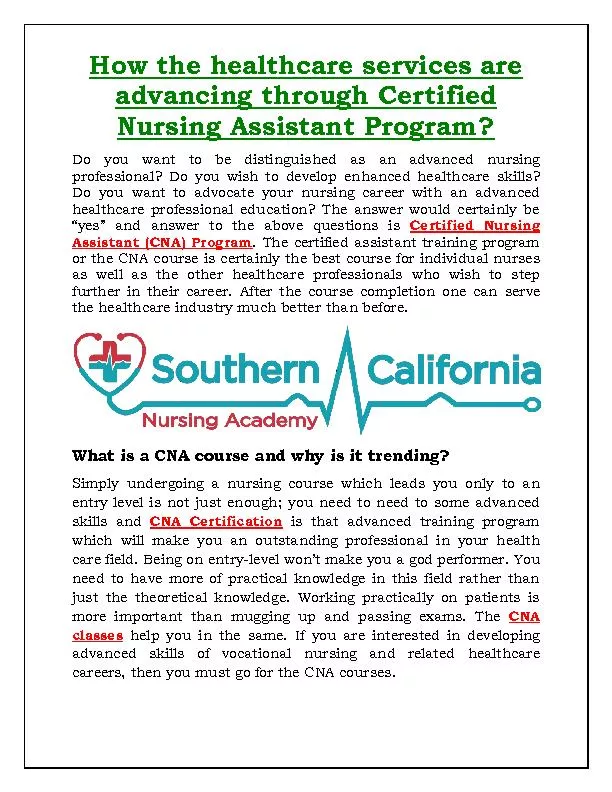
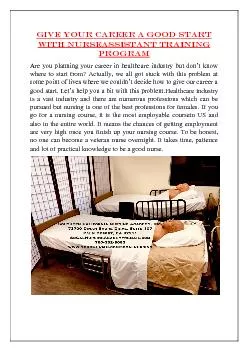
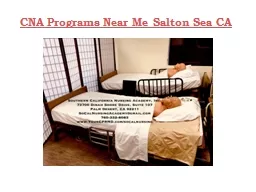
![[READ] CNA Study Guide 2023-2024: The Most Complete Guide to Get Your CNA License on Your](https://thumbs.docslides.com/1006135/read-cna-study-guide-2023-2024-the-most-complete-guide-to-get-your-cna-license-on-your-first-try-with-practice-tests-review-materials-and-secrets-from-a-27-year-field-expert.jpg)
